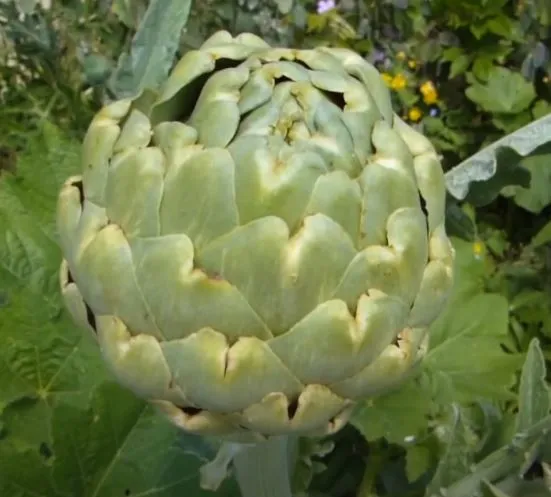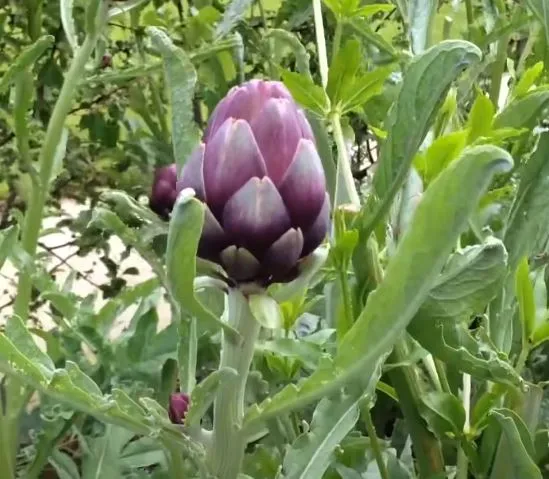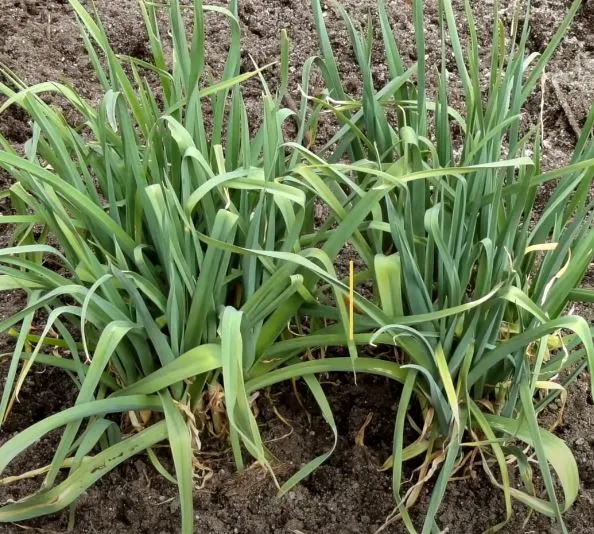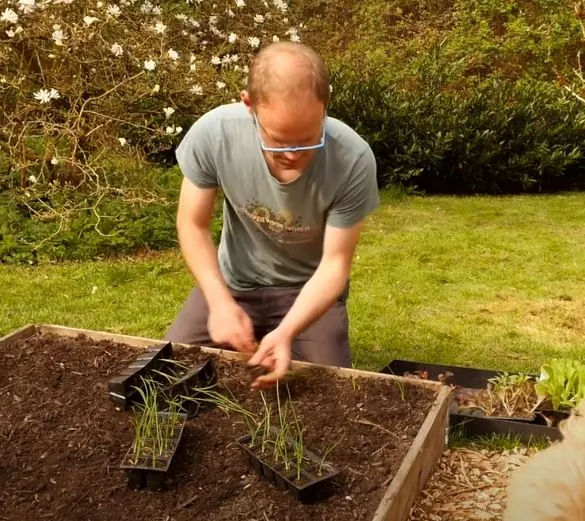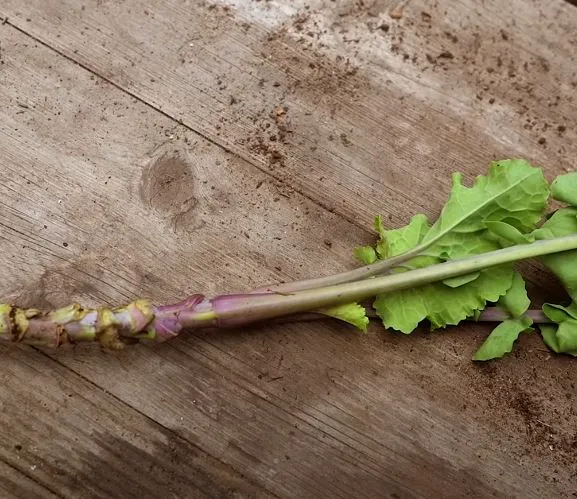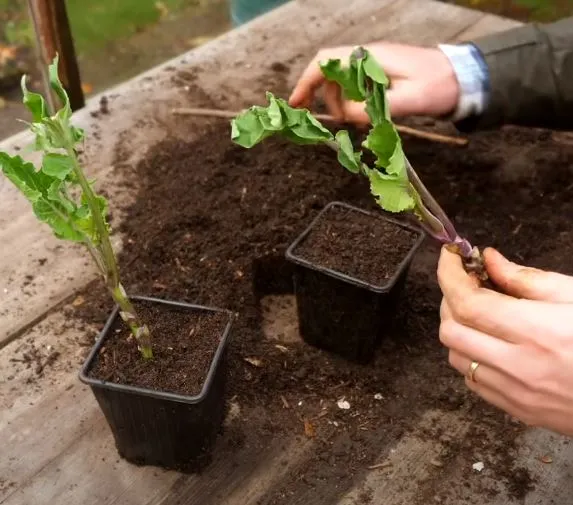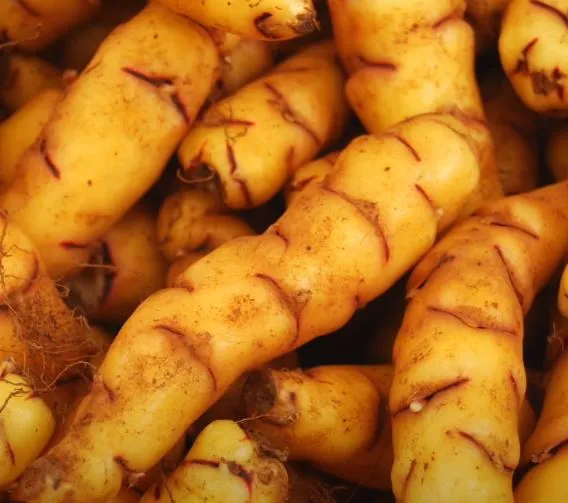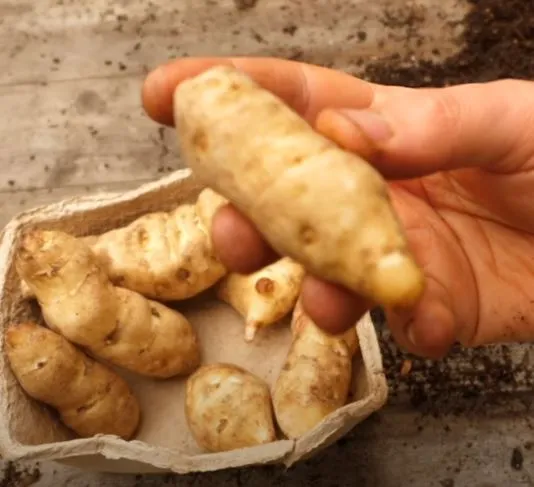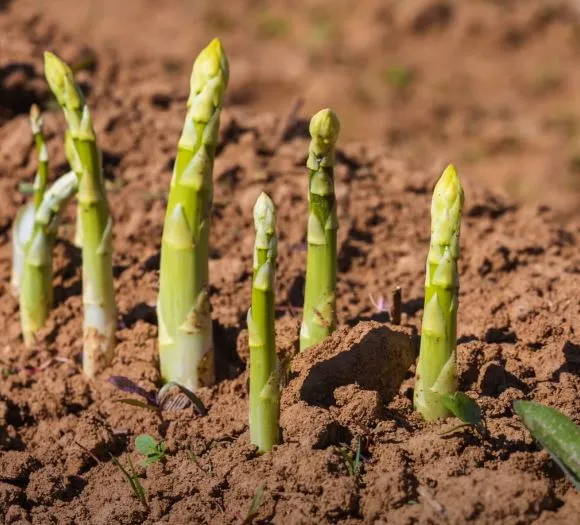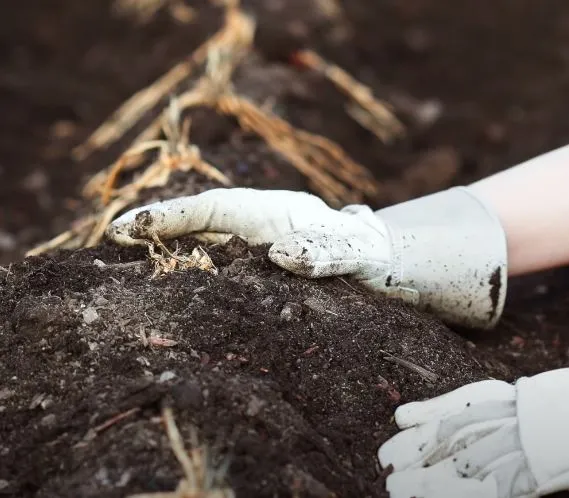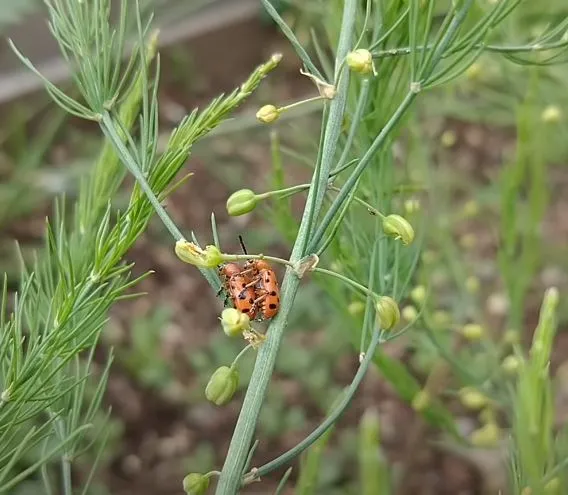7 Perennial Vegetables That Keep Growing Back Plant Once Harvest for Years
Vegetables that last a lifetime? Count us in.
Gardening has blossomed into a cherished pastime embraced by countless men and women across the globe. Call it a side effect of the lockdowns or simply the joy of watching life grow but nurturing your own produce offers countless rewards.
Now, sure, not everyone has a green thumb. But what if you didn’t have to replant each season? Imagine sowing once and reaping the rewards year after year.
Enter: the world of perennial vegetables.
Globe Artichokes
It’s an enormous, eye-catching plant with serious visual flair an absolute stunner that photographs like a dream for your Instagram grid.
You can kick things off with seeds, but starting with young plants works just as well. That’s the route GrowVeg recommends. Just be sure to pick a sunny spot, and if you’re planting multiples, allow at least three feet of breathing room between each for optimal growth and drama.
Maintain a weed-free zone around the plant throughout the growing season to give it room to thrive. During dry spells, be generous with water these beauties get thirsty. In early spring, blanket the soil with rich organic mulch to nourish the roots and jumpstart growth. When winter looms, shield the plants from biting frost with a protective layer of straw or compost to keep the cold at bay.
Babington’s Leek
This hardy perennial leek is said to carry a subtle, garlicky essence with a whisper of classic leek flavor. Nestle the petite bulblets into pots filled with nutrient-rich, all-purpose compost. Alternatively, you can tuck them directly into the garden provided your soil is fertile and well-drained. Wherever you plant them, keep a watchful eye as they settle in and stretch toward the sun.
Let them be during their first year this is their time to dig in, bulk up, and anchor themselves. By the second spring, you’re free to harvest the tender stems; simply snip them clean at ground level. Be sure to leave the underground bulbs untouched they’ll keep the cycle going, season after season.
Perennial Kale
Perennial kales are remarkably resilient robust enough to weather the seasons and lofty enough to rival the height of an average adult. These towering greens can be harvested nearly all year long, offering a steady supply of garden-fresh foliage whenever you crave it.
Snip side shoots for cuttings, or simply order pre-trimmed ones that arrive ready for action. Tuck them into pots filled with quality potting mix, keep the soil evenly moist, and place them in a well-lit spot. No need to fret these hardy growers can handle a few caterpillar skirmishes with ease.
Oca
Also known as New Zealand Yam, this crop is delightfully easy to cultivate think potatoes, but without the usual headaches. They cook up just like spuds too, making them a reliable and versatile addition to your edible garden.
Start them off in containers filled with rich potting mix and keep them sheltered. When it’s time to transplant, space them roughly 3 feet (90 cm) apart outdoors. Just a heads-up these tubers aren’t fans of the cold, so keep a close eye on the forecast.
The tubers begin to take shape in autumn and should only be harvested once the foliage has completely withered. Gently unearth them, then allow them to dry thoroughly indoors. Like potatoes, they store well just keep them in a cool, dry spot to preserve their freshness.
Asparagus
Asparagus thrives in full sunlight, well-drained soil and a bit of your patience. Begin your patch with dormant roots or sturdy crowns. Choose a prime location and welcome these enduring perennials into their forever home.
Clear the area of weeds and enrich the soil with generous helpings of garden compost. Then, dig a trench approximately 12 inches (30 cm) wide and 8 inches (20 cm) deep to set the stage for strong, lasting growth.
Shape a gentle ridge along the base of the trench, then position the crowns neatly across the crest. Space each one about 18 inches (45 cm) apart, maintaining equal distance between adjacent trenches for optimal growth. Once in place, backfill carefully with soil and give them a generous drink to settle everything in.
Control weed growth by applying a generous mulch of compost or aged manure this not only keeps intruders at bay but also provides a slow, steady feed to the root system.
Exercise patience for the first two years. Then, starting from the third spring, you can begin harvesting for a two-month window, tapering off by midsummer. Afterward, allow the plant to continue growing freely, returning to harvest as the seasons permit.
For more on these perennial vegetables, watch the video below!
Please SHARE this with your friends and family.
Article Sources: Perennial Vegetables GrowVeg

